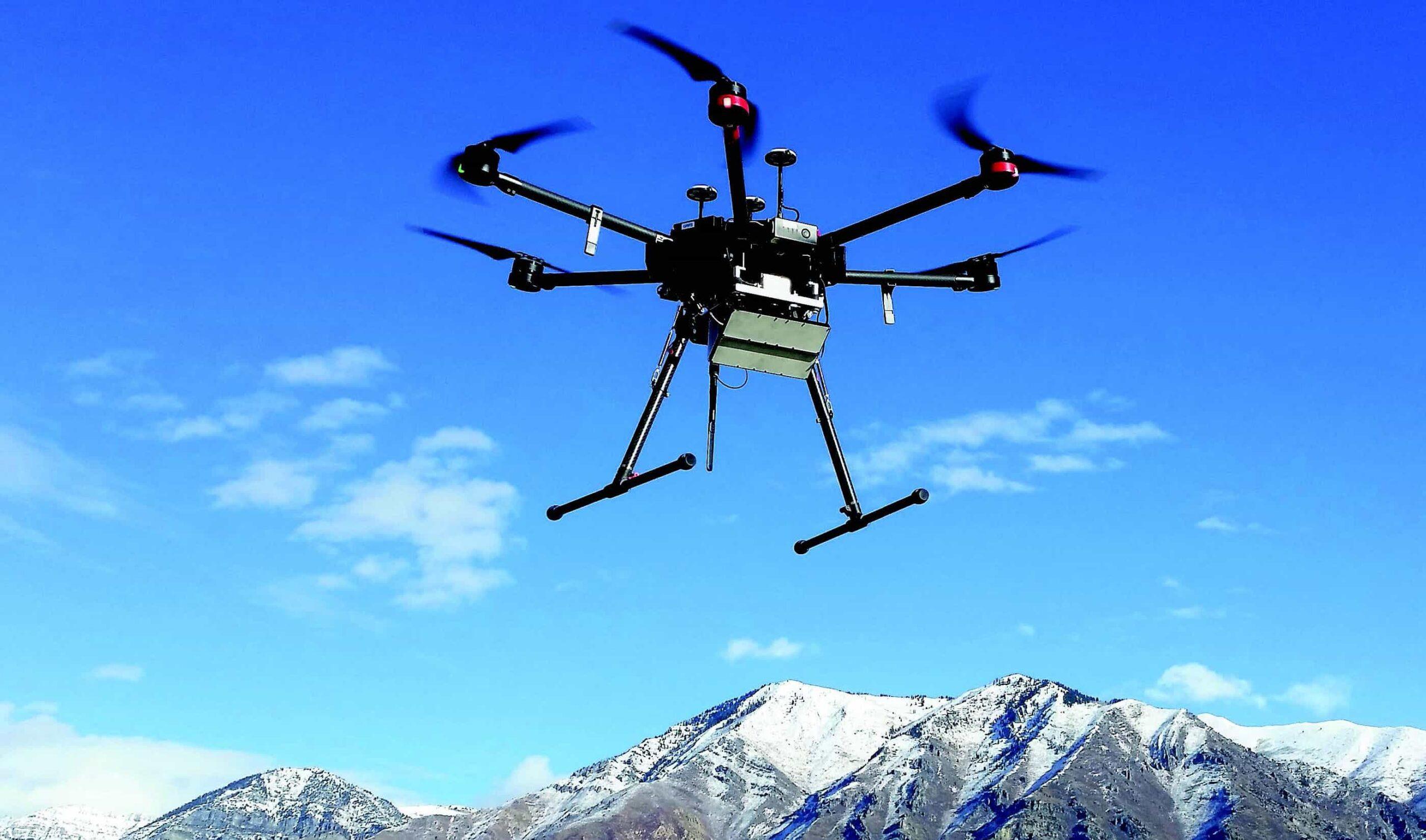Synthetic Aperture Radar (SAR) has emerged as a powerful tool for monitoring forests and wildlife. SAR operates by emitting microwave pulses and capturing the reflected signals, allowing it to create high-resolution images of the Earth's surface. This imaging capability makes SAR particularly effective in remote sensing applications, especially in areas with dense vegetation and cloud cover. When it comes to monitoring forests, SAR enables scientists and conservationists to assess forest cover, track deforestation and reforestation activities, and estimate biomass and carbon stocks. Unlike optical sensors, SAR is unaffected by weather conditions and can penetrate through clouds, making it a reliable choice for continuous monitoring. By analyzing SAR data over time, researchers can detect changes in forest structure and identify areas at risk of degradation or illegal logging.
Synthetic Aperture Radar also plays a vital role in monitoring wildlife populations and their habitats. The technology can detect subtle changes in the landscape, such as the displacement of vegetation caused by animal movement or the presence of trails and feeding areas. This information helps conservationists identify critical habitats, migration routes, and potential threats to wildlife. SAR can also assist in tracking endangered species, such as elephants and rhinos, by detecting their movement patterns and monitoring poaching activities. In addition to monitoring forests and wildlife, SAR data can be combined with other remote sensing datasets, such as optical imagery and LiDAR, to enhance the understanding of ecological processes and improve conservation strategies. Furthermore, advancements in machine learning and artificial intelligence enable the automatic analysis of SAR data, allowing for more efficient and accurate monitoring efforts.
Read More: Https://Theluminouslines.Blogspot.Com/2023/07/Synthetic-Aperture-Radar-Utilizes-Radar.Html
